Posts
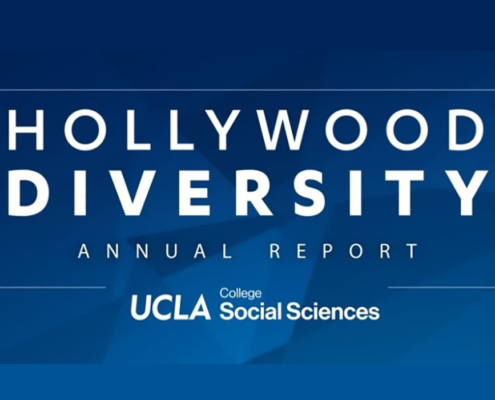
UCLA Hollywood Diversity Report Receives Funding from CA State Budget
The UCLA Hollywood Diversity Report received a $250,000 allocation…

CPL Releases New Research on the Lost Wages Assistance Program in California
The UCLA California Policy Lab (CPL) recently released a new…
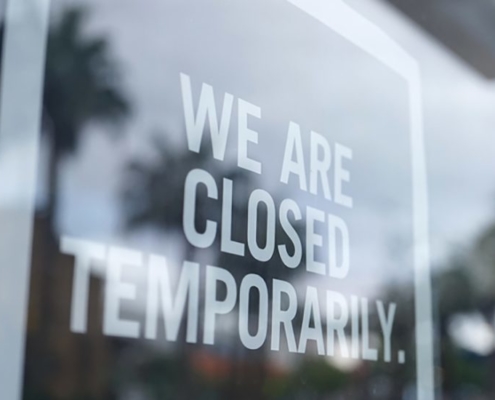
CPL Latest Brief Highlights Unemployment Insurance Claims in California During the COVID-19 Pandemic
Earlier this month, the UCLA California Policy Lab released their…
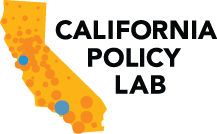
California Policy Lab Releases Brief on California Unemployment Insurance Claims During Pandemic
The California Policy Lab (CPL), in partnership with the…

UCLA California Policy Lab Releases Report on the Impact of COVID-19 on California’s Labor Market
New Analysis of Unemployment Insurance Claims in California Provides…
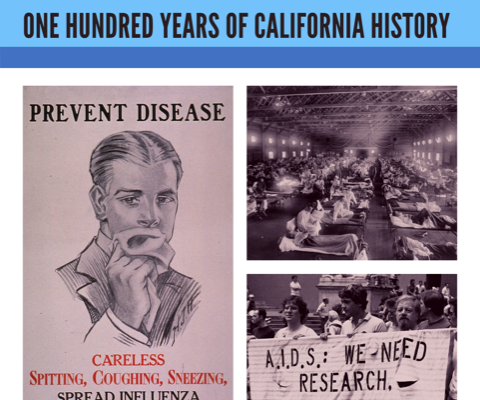
Pandemics Past and Present: One Hundred Years of California History
The UCLA Luskin Center for History and Policy (LCHP) has…
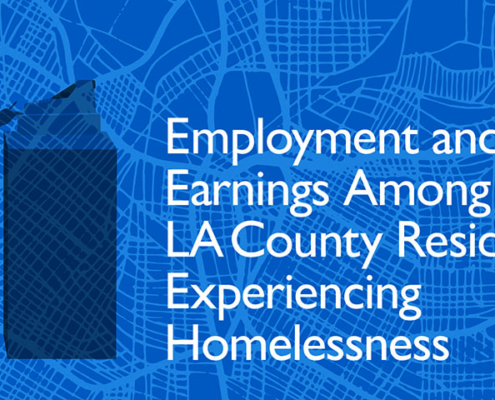
New Study Finds a Substantial Number of Californians Are Working Before Becoming Homeless
February 27, 2020 --- A new report released today by the…
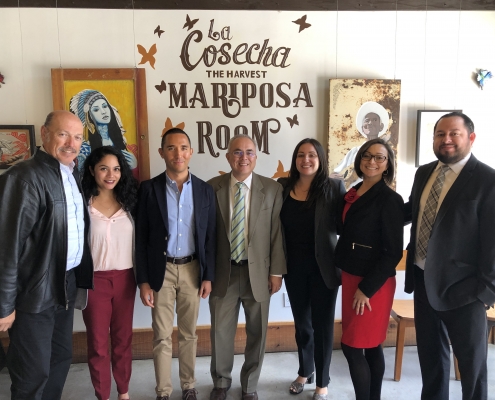
Informing Policy in Real Time: UCLA LPPI in Sacramento
By Celina Avalos and Sonja Diaz On May 20, 2019, the UCLA…
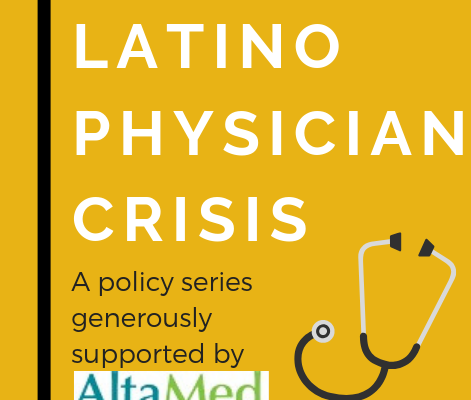
UCLA LPPI Study Identifies Barriers Latino Students Face When Pursuing a Medical Career in California
UCLA Latino Policy and Politics Initiative study finds…
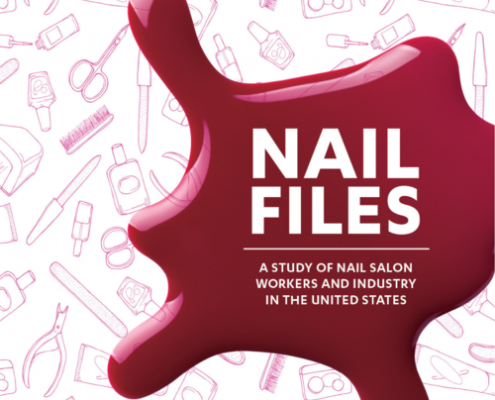
Nail Files: Low-Wage Work in the National Nail Salon Sector
By Preeti Sharma, Saba Waheed, and Vina Nguyen With the…

